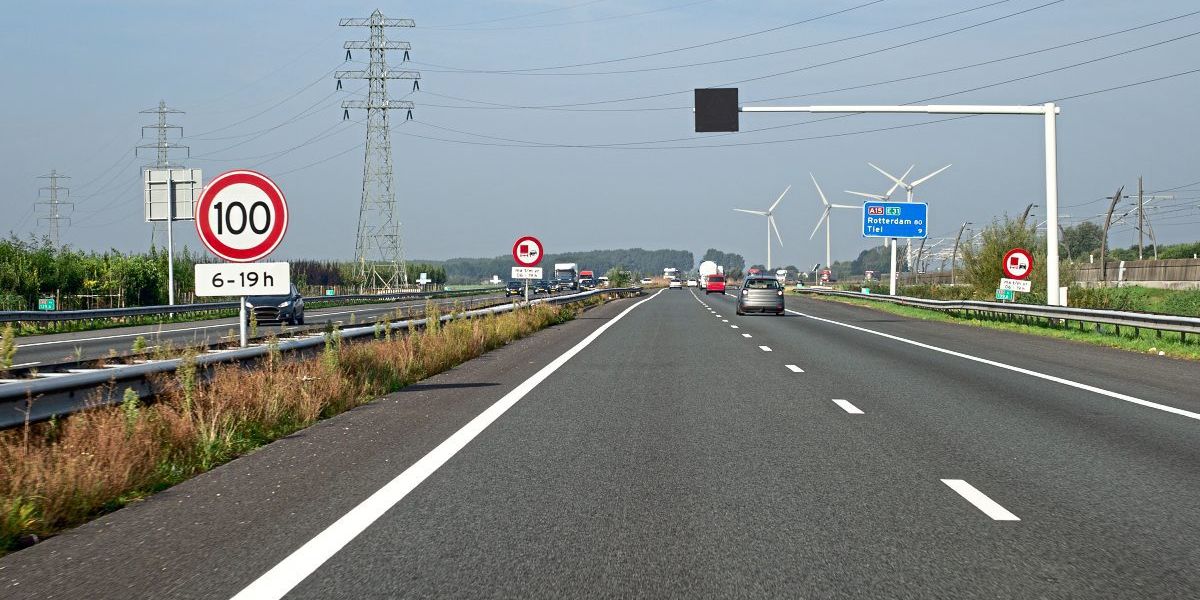Three Years After Implementing 100 km/h Speed Limit on Dutch Highways
Core Concepts
The author argues that the implementation of a 100 km/h speed limit on Dutch highways three years ago has sparked changes in public opinion and aims to make driving less attractive, despite initial reluctance from the government.
Abstract
The Netherlands, known for having the highest density of bicycles globally, introduced one of Europe's lowest speed limits on highways at 100 km/h in March 2020. This move, seemingly to discourage driving and promote cycling, was reluctantly passed by the government to save construction jobs. The debate surrounding this decision reflects a shift in attitudes towards transportation priorities and sustainability.
Bilanz nach drei Jahren Tempo 100 in den Niederlanden
Stats
The Netherlands reduced highway speed limit to 100 km/h in 2020.
17 million residents own 22 million bicycles.
Quotes
"We could save many construction jobs, but as a result, we can only drive at 100 km/h now." - Mark Rutte
Key Insights Distilled From
by at www.derstandard.de 02-21-2024
https://www.derstandard.de/story/2000144539405/bilanz-nach-drei-jahren-tempo-100
Deeper Inquiries
How has the perception of transportation changed in the Netherlands since implementing the speed limit?
The implementation of a 100 km/h speed limit on Dutch highways has shifted the perception of transportation in the country. Initially met with resistance, especially from those who valued high-speed driving, over time, there has been a gradual acceptance and even support for this measure. The focus on reducing speed and promoting cycling as an alternative mode of transport has led to a cultural shift towards more sustainable and environmentally friendly ways of getting around. This change is evident in how people now view commuting, with an increasing number opting for bicycles or public transport instead of relying solely on cars.
What are some potential long-term effects of prioritizing cycling over driving?
Prioritizing cycling over driving can have several long-term effects that benefit both individuals and society as a whole. Firstly, it can lead to improved public health outcomes by encouraging physical activity through regular cycling, reducing sedentary lifestyles associated with car-dependent cultures. Additionally, promoting cycling can help alleviate traffic congestion and reduce air pollution levels, contributing to cleaner air quality and lower greenhouse gas emissions. From an urban planning perspective, prioritizing cycling infrastructure can create more livable cities with safer streets for pedestrians and cyclists alike.
How can other countries learn from the Dutch approach to balancing environmental concerns with economic considerations?
Other countries can learn valuable lessons from the Dutch approach to balancing environmental concerns with economic considerations by adopting similar strategies tailored to their own contexts. One key aspect is investing in sustainable transportation infrastructure like dedicated bike lanes and efficient public transit systems to promote alternatives to car usage. By integrating policies that prioritize sustainability into urban planning decisions, governments can create environments that encourage walking and biking while also supporting economic growth through job creation in green industries such as renewable energy or eco-friendly transportation solutions. Collaboration between government agencies, businesses, and community stakeholders is essential for successfully implementing these initiatives while considering both environmental impact assessments and cost-benefit analyses.
0
